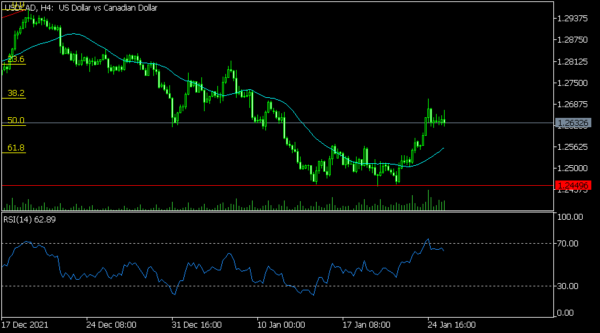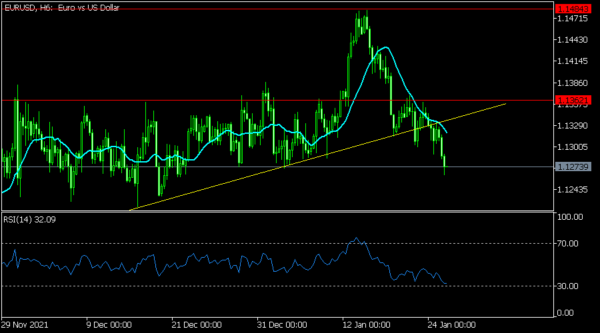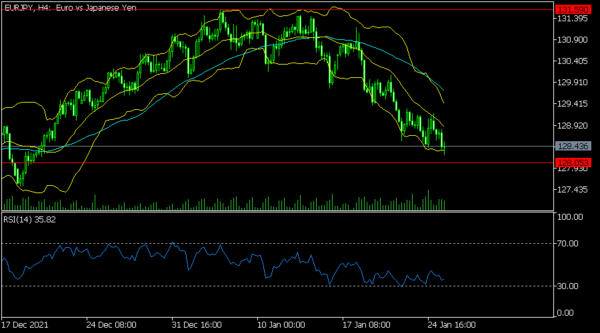American shares continued their volatility on Tuesday as investors waited for the upcoming interest rate decision by the Federal Reserve that will come out later today. Economists expect that the Fed will deliver a relatively hawkish decision. In it, the bank will slash its quantitative easing (QE) policy for the third month in a row and then point to a rate hike in March. Stocks were also volatile as investors reflected on the strong American consumer confidence data. According to the Conference Board, consumer confidence dropped from 115.2 to 113.8 in January. This decline was a bit better than the median estimate of 111.8. Additional data showed that the country’s home price growth slowed in November.
The Canadian dollar moved sideways in the American and Asian sessions as investors waited for the upcoming interest rate decision by the Bank of Canada. The bank is expected to leave its interest rate unchanged at 0.25%. However, like the Fed, analysts expect that the BOC will sound hawkish considering that the country’s economy is doing well. The unemployment rate has declined while inflation is rising as the ongoing supply chain challenges remain. Data published earlier this month showed that the unemployment rate declined to a pandemic-era low of 5.9% in December.
The earning season will continue today. On Monday, IBM published relatively strong quarterly results as demand for cloud computing improved. Microsoft had a similar sentiment on Tuesday after the company published strong results. However, the General Electric stock price tumbled by over 7% after the company published weak results. Similarly, Johnson & Johnson published weak revenue and higher profitability. Later today, some of the firms that will publish their quarterly results are Anthem, ADP, Freeport-McMoran, and General Dynamics, among others.
USDCAD
The USDCAD pair moved sideways ahead of the upcoming Fed and Bank of Canada decision. The pair is trading at 1.2623, which was slightly lower than this week’s high of 1.2700. On the four-hour chart, the pair moved to the 50% Fibonacci retracement level. It is also above the 50-day moving average. A closer look shows that the pair is forming a bullish flag pattern while the Relative Strength Index (RSI) has been in a bullish trend. Therefore, the pair will likely have a bullish breakout today.
EURUSD
The EURUSD pair has been in a strong bearish trend in the past few days. The pair has dropped to a low of 1.1263, which was the lowest level since December last year. On the six-hour chart, the pair has moved below the neckline of the head and shoulders pattern. The moving averages have formed a bearish crossover pattern while the Relative Strength Index (RSI) has been in a bearish trend. Therefore, the pair will likely keep falling ahead of the latest Fed decision.
EURJPY
The EURJPY pair declined after the relatively strong German business confidence data. The pair is trading at 128.45, which is substantially lower than this month’s high of 131.60. On the four-hour chart, the pair is between the lower and middle lines of the Bollinger Bands while oscillators have been falling. Therefore, the pair will likely continue falling as bears target the key support level at 128.


















